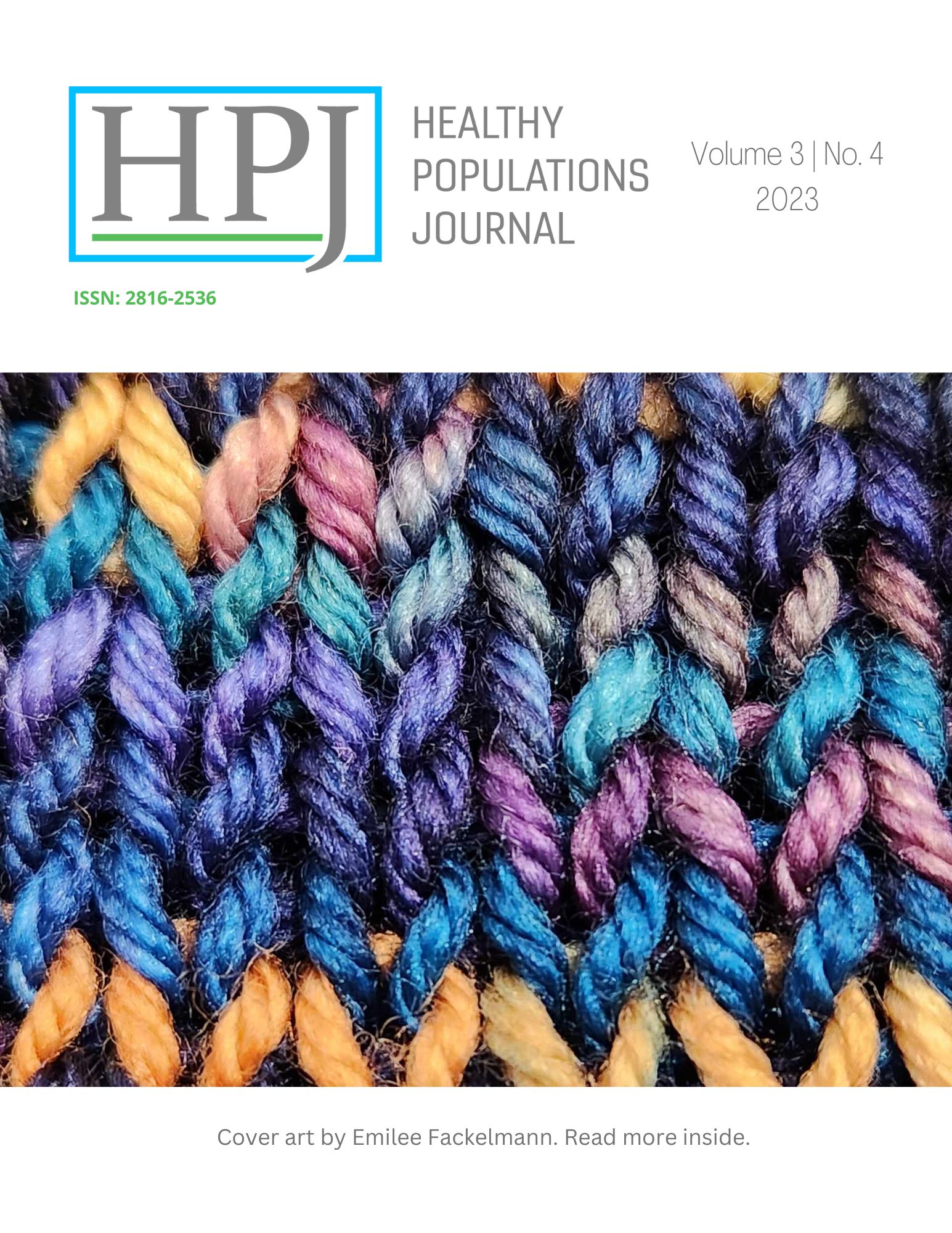Exercise Training Recommendations for Adults With and Without Chronic Disease to Improve Endothelial Health
DOI:
https://doi.org/10.15273/hpj.v3i4.11717Ключевые слова:
endothelial function, guidelines, aerobic training, resistance trainingАннотация
The endothelium is the innermost layer of the blood vessels and is responsible for the production of chemicals that are used to regulate arterial diameter in response to changes in blood flow. Dysfunction of the endothelium is a key precursor for cardiovascular disease. However, exercise training may mitigate this dysfunction and promote endothelial health. Therefore, this infographic illustrates findings from an umbrella review (review of reviews; 10.1007/s40279-023-01837-w) that investigated the impact of any exercise training intervention (intervention) on adults with or without chronic disease (population), with, or without a comparator group (comparison), on endothelial function (outcome) using evidence from 27 reviews, including 19 meta-analyses (5464 unique participants). Overall, the included reviews provided evidence that the type of training to optimally improve endothelial function may vary based on disease condition. Specifically, the evidence suggests that healthy adults benefitted most from high intensity aerobic training and/or more frequent low-moderate resistance training. In addition, adults with type 2 diabetes benefitted most from low-intensity resistance or low-moderate aerobic exercise training, whereas those with cardiovascular conditions (i.e., heart transplant patients, peripheral artery disease, heart failure, hypertension, and cerebrovascular disease) should consider engaging in higher-intensity aerobic training to improve endothelial function, although may still need to consult a healthcare provider. Exercise training also improves endothelial function in other chronic conditions including cancer and autoimmune rheumatic disease, but the evidence is insufficient to provide specific guidelines. Although insufficient data exists to determine specific intervention characteristics (i.e., frequency, intensity, type, time), this information provides a high level of evidence to support exercise training, including aerobic, resistance, and combined training as effective strategies to improve endothelial-dependent vasodilatory function in adults. These findings should help guide the design of specific exercise programs or recommendations.
Загрузки
Дополнительные файлы
Опубликован
Выпуск
Раздел
Лицензия
Copyright (c) 2023 Madeline Eva Shivgulam, Myles W O'Brien

Это произведение доступно по лицензии Creative Commons «Attribution-NonCommercial» («Атрибуция — Некоммерческое использование») 4.0 Всемирная.
The journal aims to reduce barriers to publishing and sharing research and inequalities to accessing information.This journal provides immediate open access to its content on the principle that making research freely available to the public supports a greater global exchange of knowledge. The open-access nature of the journal means that there will be no charge for authors or readers to use the journal. The journal has a Creative Commons Attribution Non-Commercial (CCBYNC) attribution which allows the author (and others) to share and distribute their full-text article in other public domains, such as Google Scholar or Research Gate.

